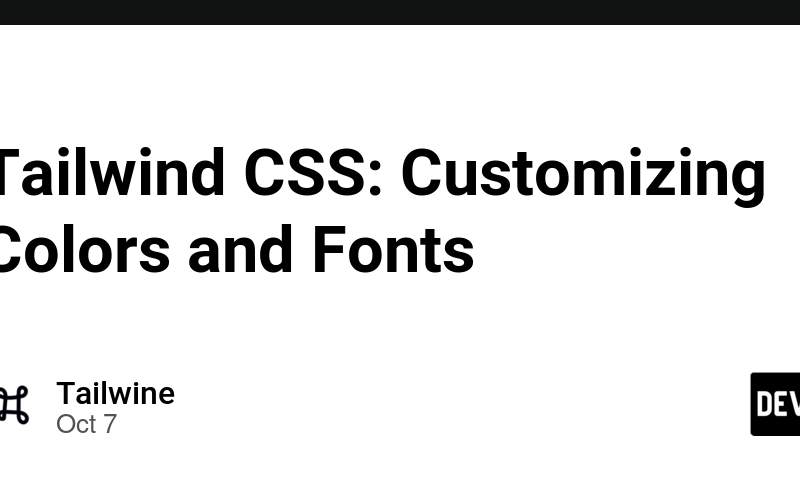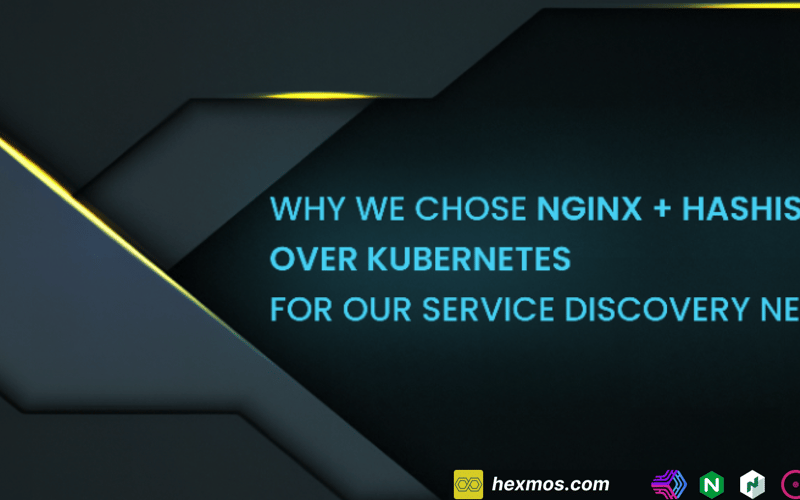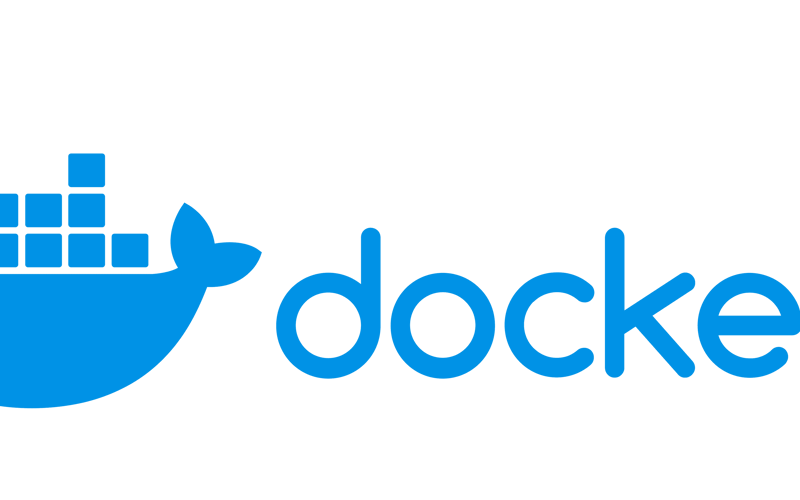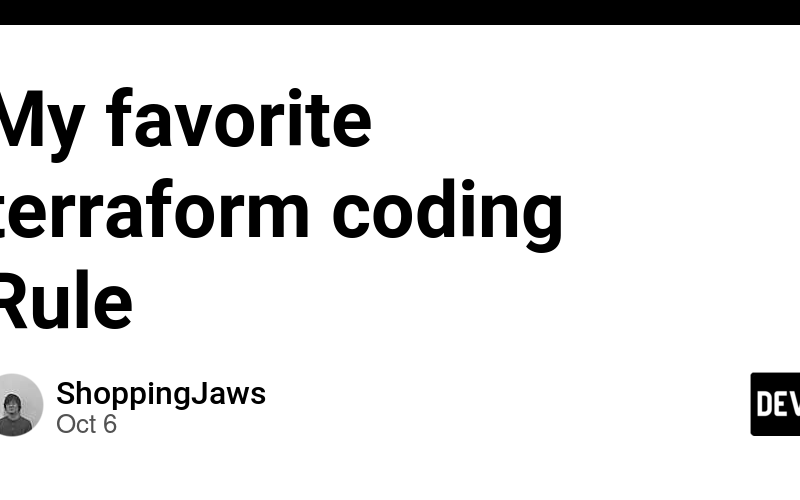07
Oct
Introduction:Tailwind CSS has gained increasing popularity among developers for its simplicity, flexibility, and efficiency in creating custom website designs. With its utility-first approach, Tailwind CSS allows for easy customization of various elements, including colors and fonts. In this article, we will delve into the advantages, disadvantages, and features of customizing colors and fonts using Tailwind CSS. Advantages:One of the primary advantages of Tailwind CSS is its extensive color palette, with almost 200 shades available for customization. This makes designing visually appealing websites effortless. Furthermore, designers can also create custom color palettes to match their brand's unique identity. Tailwind CSS also…










